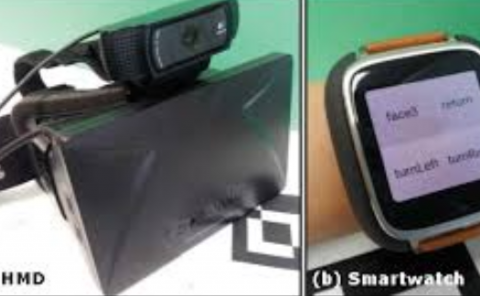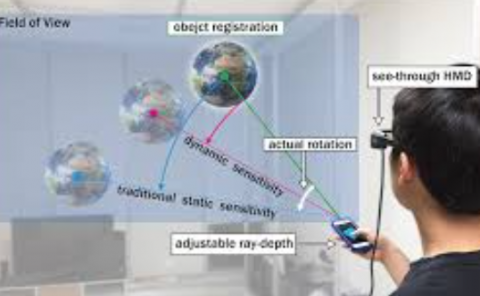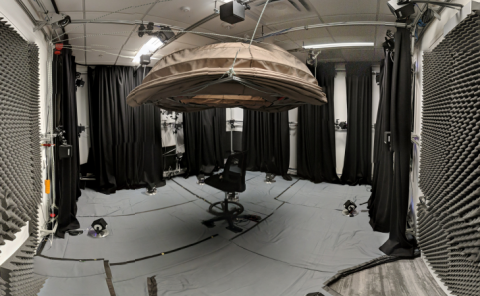360-Degree Video Streaming And its Subjective Quality
PubDate: February 2018
Teams: Nokia Technologies;Tampere University of Technology
Writers: Igor D.D. Curcio ; Henri Toukomaa ; Deepa Naik
PDF: 360-Degree Video Streaming and its Subjective Quality

Abstract
Traditional challenges for deploying end-to-end streaming systems are made harder when considering 360-degree media content. One of these challenges relates to the lack of commonly accepted standardized methodologies for subjective 360-degree video quality assessment, especially oriented towards streaming services. The contribution of this paper falls in the area of subjective assessment of 360-degree video. — From traditional standardized test methodologies originally designed for 2D/3D video, we tailored a methodology more oriented towards Virtual Reality (VR) streaming services. The methodology inherits a lot from existing ITU standards for video subjective quality evaluation. The additions incorporate the special properties of 360-video, namely omnidirectionality, as opposed to traditional video. — With this goal in mind, a new metric called Similarity Ring Metric (SRM) is introduced. It measures the degree of similarity in watching patterns of a single subject or between different subjects for several subjective assessment tests. This metric enables an inclusion or rejection criteria for test results in subjective assessment sessions. We also present visual fatigue results related to a subjective quality experiment of 360-degree video.



